1. INTEREST RATE HIKE
• On November 2nd, the FOMC voted to increase the Federal Funds Rate by 75 bps for the fourth consecutive
time, taking the benchmark interest rate to its highest since early 2008. The current Federal Funds Target
Rate sits at 3.75%-4.00.
• In the accompanying statement following the meeting, the Fed shifted its tone slightly, indicating that
it intends to “take into account the cumulative tightening of monetary policy” and “lags with which
monetary policy affects economic activity and inflation.” The statement signals that while the committee
remains committed to raising rates to rein in inflation, they are beginning to look for signs that may justify
a pivot.
• Stocks initially rose on the news of the rate hike but began to fall during Jerome Powell’s news conference
in reaction to the marginally more dovish statement on the future path of monetary policy.
• While a new summary of economic projections did not accompany this month’s meeting, Chair Powell
stated in his press conference that he now expects the “terminal” rate — the level at which the Fed stops
further rate increases — to be higher than what it was thought to be a few months ago. The higher rates
need to be to tame inflation, the harder it will be for the central bank to achieve a monetary “soft landing.”
2. JOBS REPORT
• The US economy added 261,000 jobs in October while the unemployment rate rose slightly to 3.7%,
according to the Bureau of Labor Statistics.
• This month’s jobs report performed stronger than most expectations and signaled a resilient labor market
amid a tightening financial landscape. Notable gains were made in health care, professional and technical
services, and manufacturing.
• Stock futures reacted positively to the report initially; however, the continued strength of job growth
could force the Fed to continue the pace and degree of its monetary tightening campaign for longer.
• Healthcare employment climbed the most during the month (+55,000), followed by professional and
technical services (+43,000), and manufacturing (+22,000). Employment in social assistance services,
wholesale trade, and leisure and hospitality all saw notable growth in October.
• The average hourly earnings for all private employees rose by 0.4%, or 12 cents to $32.58.
